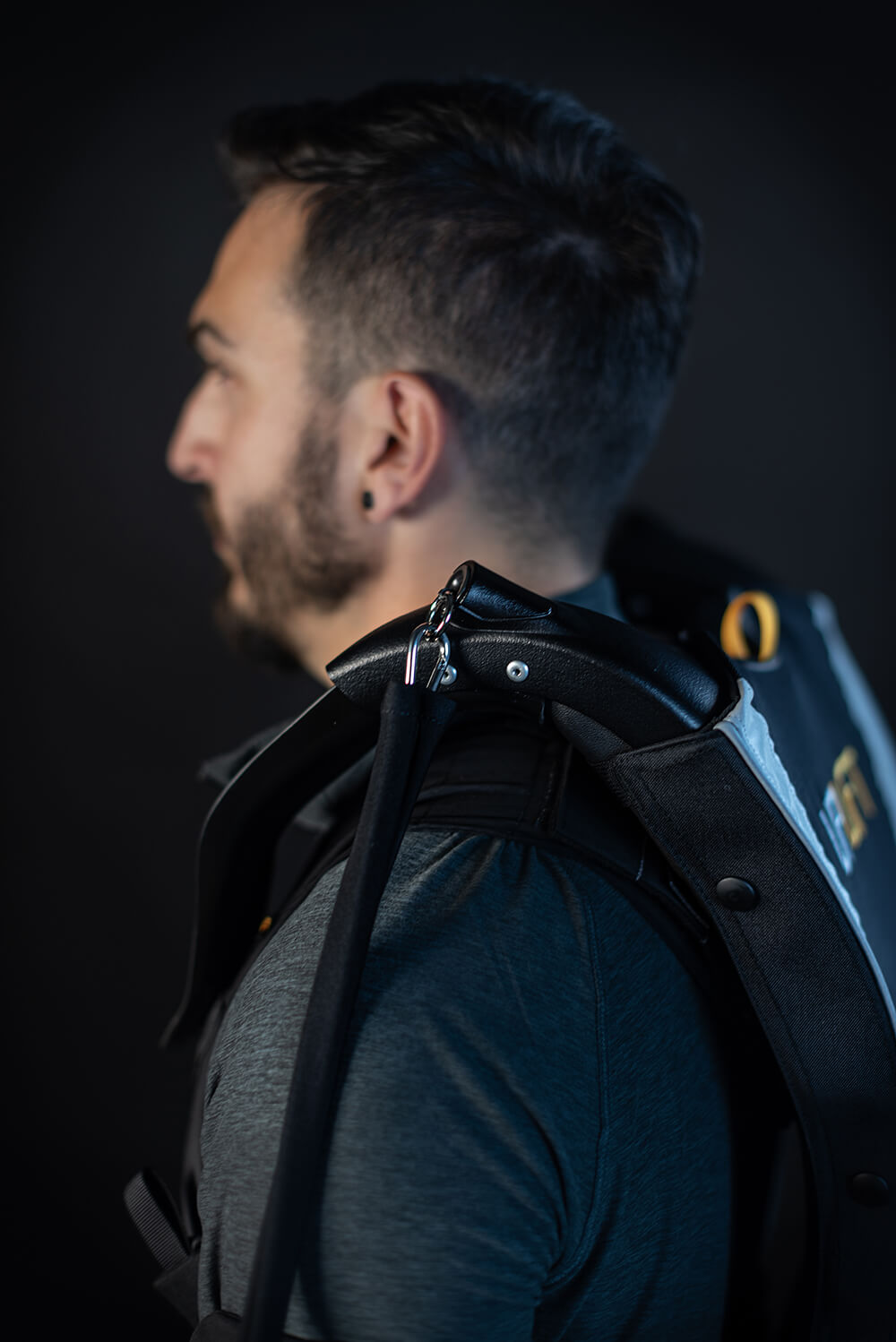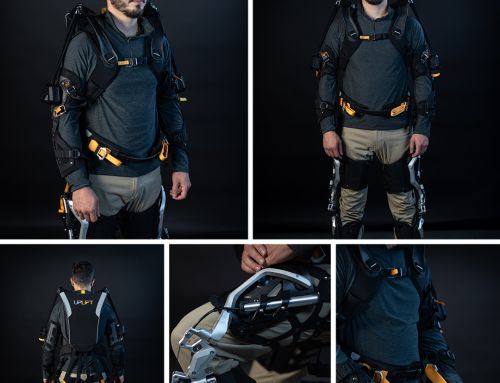
Over the past 2 decades, research into understanding how the human body works has undergone a major paradigm shift.
Whereas in the past, we tried to understand the body’s functioning on a system-by-system basis (e.g. muscles, tendons, bones), the approach that is increasingly making its way into science is the holistic one.
The human body, then, is compared to a complex system. A complex system is characterized by self-organization, giving rise to emergent behaviours that do not exist at the level of its constituents and can only be observed at the global level.
With this in mind, an element of the human body that was ignored for decades has come to the forefront in recent years: the fascia system. This is a three-dimensional network of connective tissue made up mainly of collagen, which blends with our muscles, organs, tendons and skin to make it one of the most important constituents of our body.
Thanks to fascias and, in parallel, to the development of the concept of biotensegrity, pushed by scientists such as Levin Stephen and Ingber Donald (The architecture of life, Sci. Am. 1998), our understanding of how the human body functions has undergone a paradigm shift.
For Mawashi, in order to develop a system that interacts with the human body, it is imperative to deeply understand it functions.
The UPLIFT™ exoskeleton was born of these new theories and scientific discoveries: a bioinspired exoskeleton.
Indeed, our exoskeleton is based on biotensegrity, where rigid components (the structure) are skilfully blended with tensile components, the fascias (elastics).
Specifically, the presence of rigid joints is minimized to allow the greatest possible freedom of movement, thus ensuring that the user’s motor control system finds the best movement pattern to adapt to wearing the exoskeleton according to the constraints of the environment. This choice of movement pattern will not necessarily be guided by the exoskeleton, which by design will not impose spatial or temporal constraints through a given kinematic chain.
Finally, to ensure that the exoskeleton is truly in synergy with the user, Mawashi undertook an in-depth analysis of human morphology. Over 4,000 human scans were analyzed to develop a size chart that would enable the user to create a customized exoskeleton using standard parts.
Thanks to our state-of-the-art laboratory, Mawashi took the time to verify the benefits that the exoskeleton could bring to the user. In particular, Mawashi assessed whether there was a reduction in muscular effort during handling tasks such as lifting a box from the ground level and placing it higher, or moving it from pelvis level over the shoulder. The results show that use of the UPLIFT™ exoskeleton can reduce muscular effort by up to 50%, depending on the body region analyzed (shoulder, back or leg).
The UPLIFT™ exoskeleton is a state-of-the-art exoskeleton, developed using the latest scientific knowledge. Its design inspired by nature is able to enter into synergy with the human body, allowing it not to alter the way it performs the task, while making it less strenuous.


